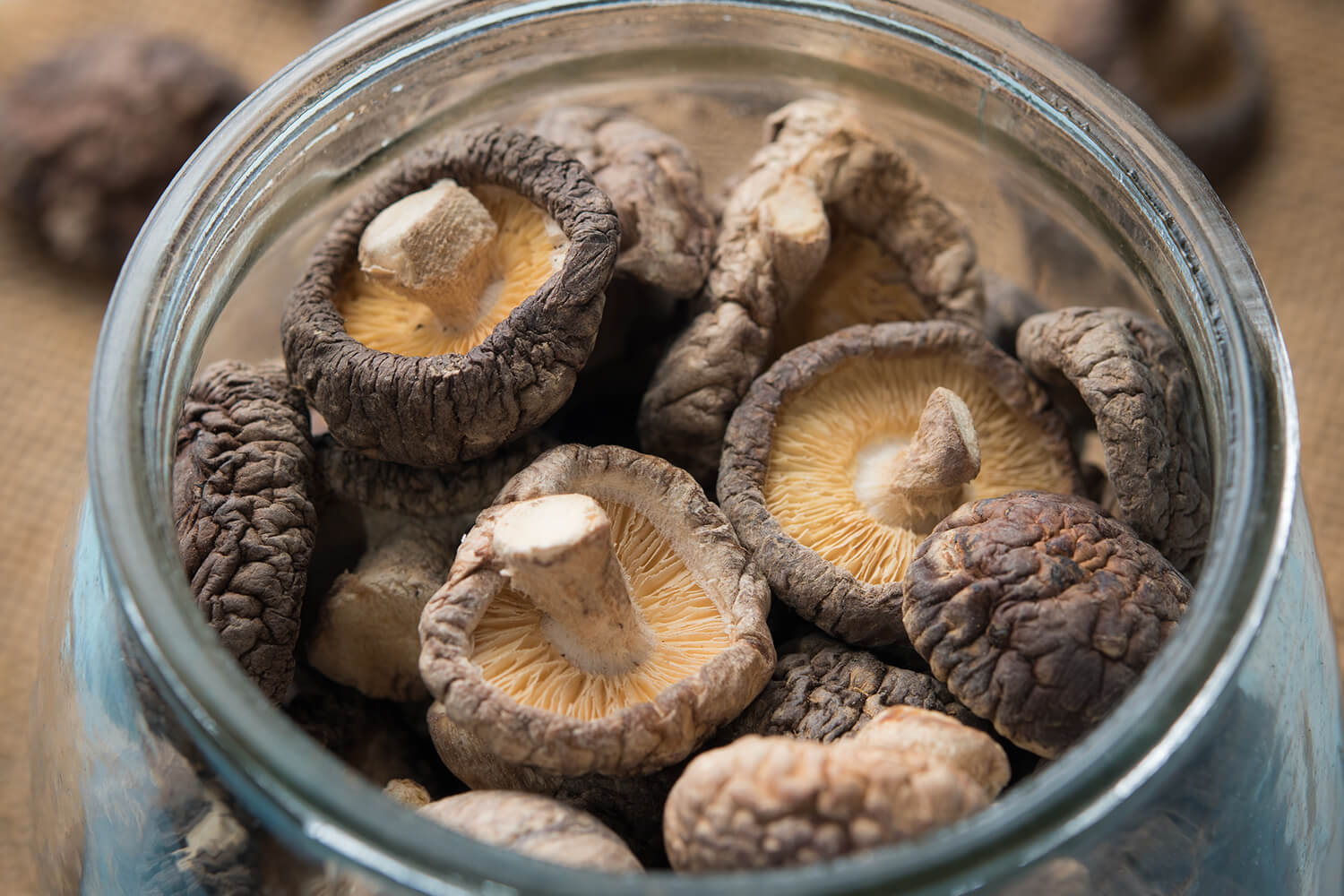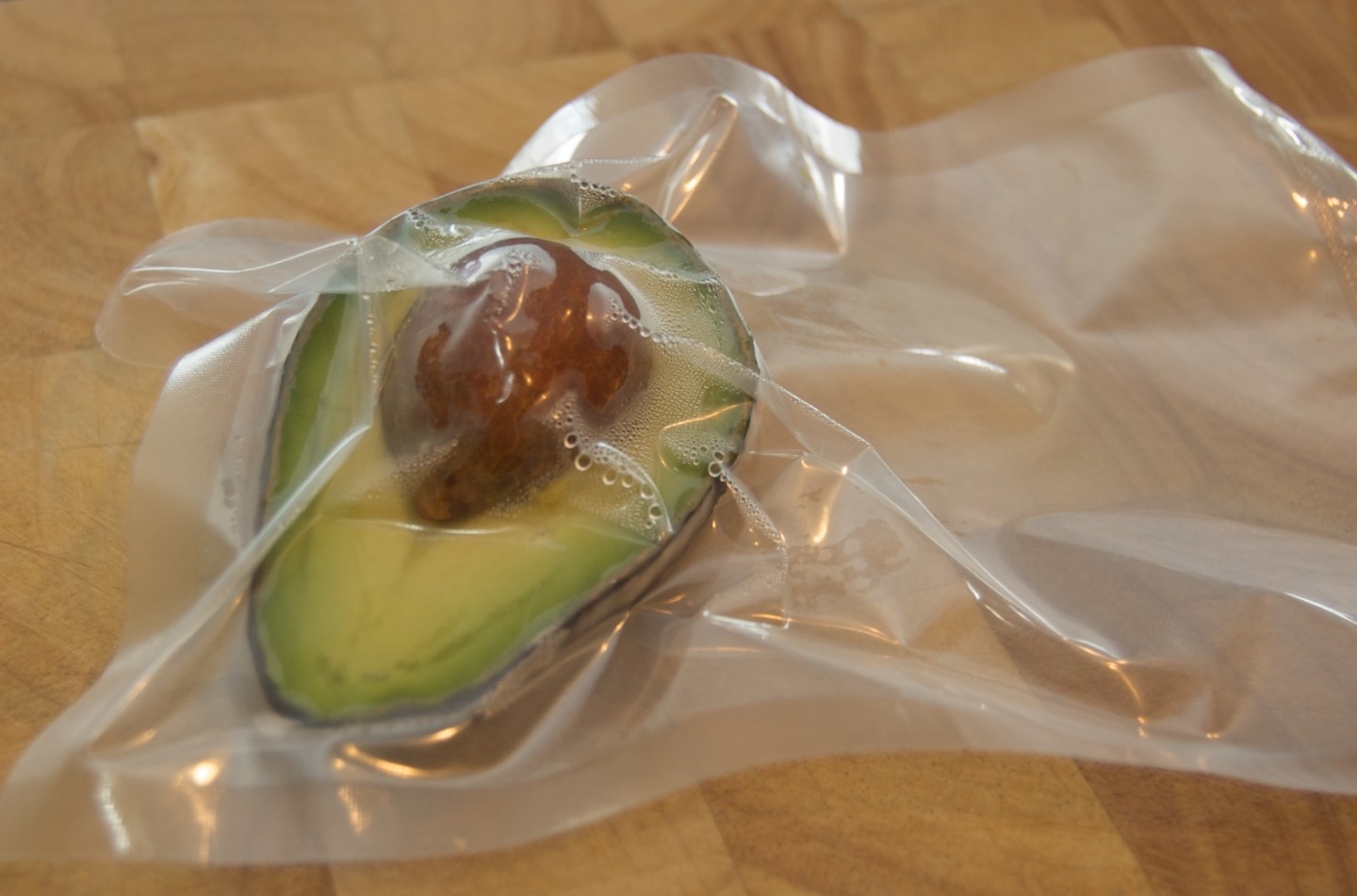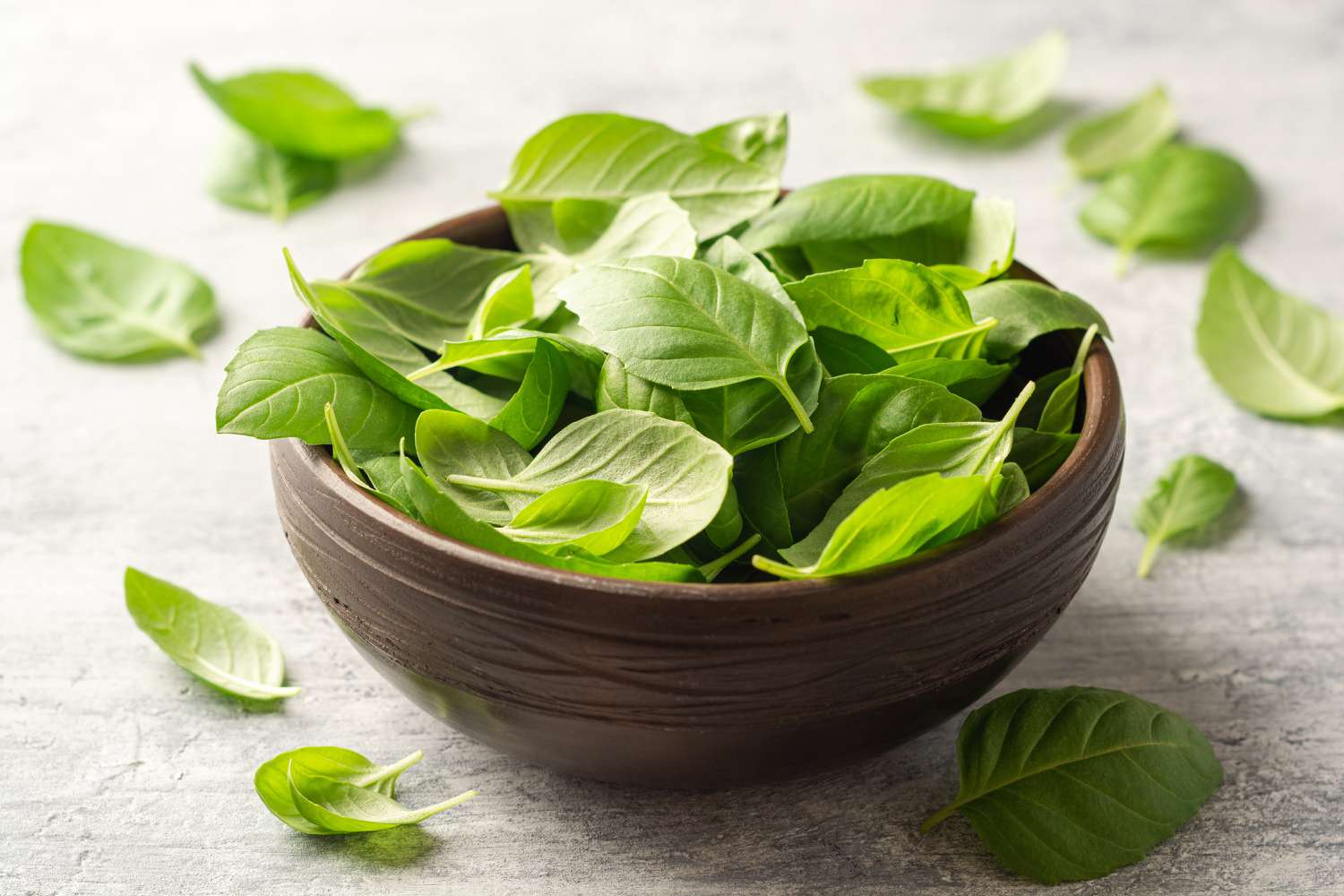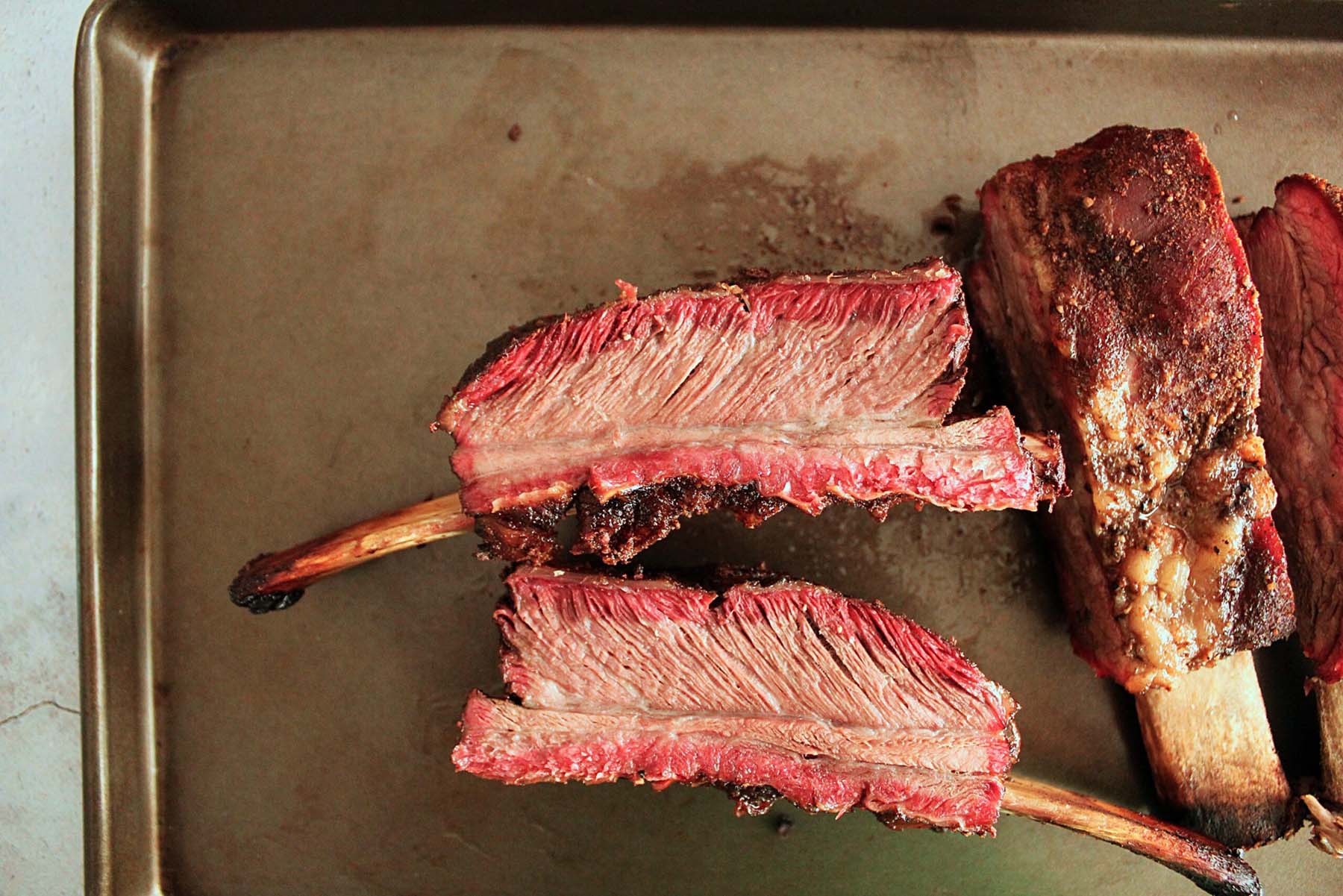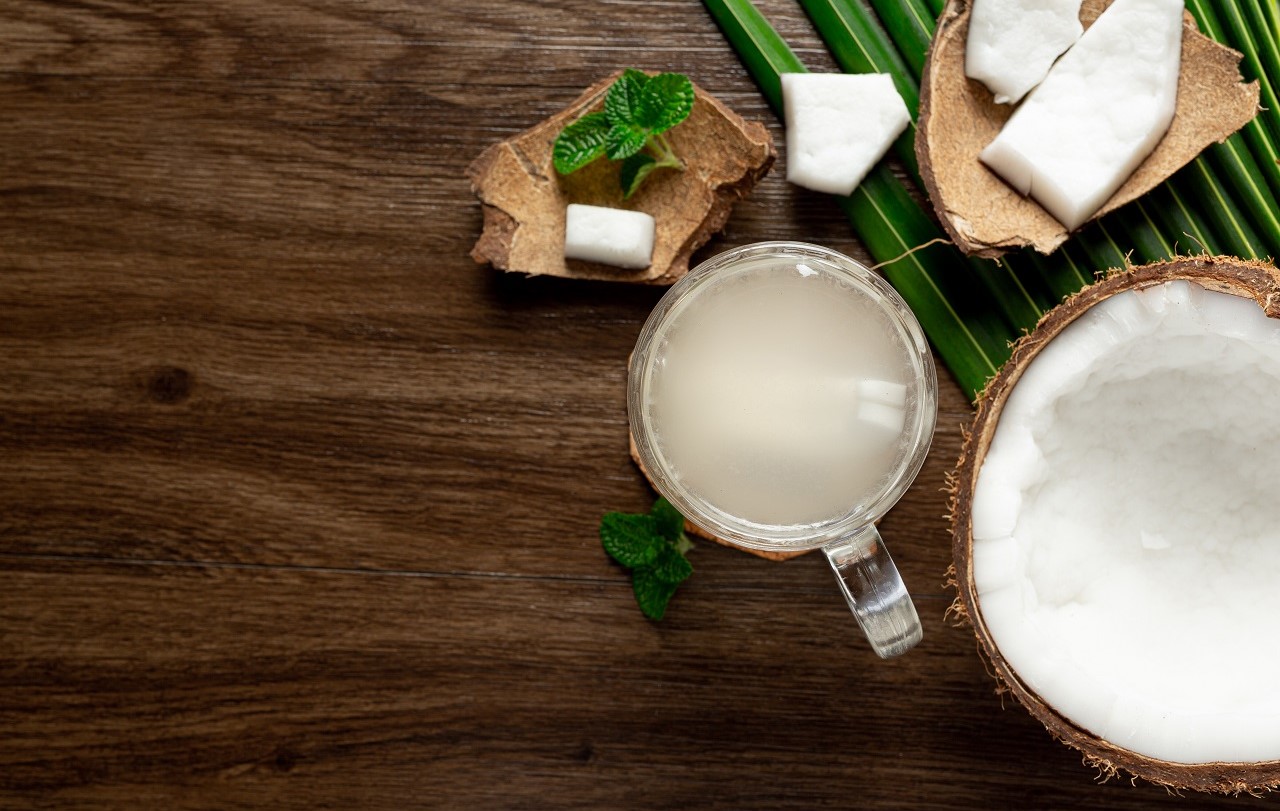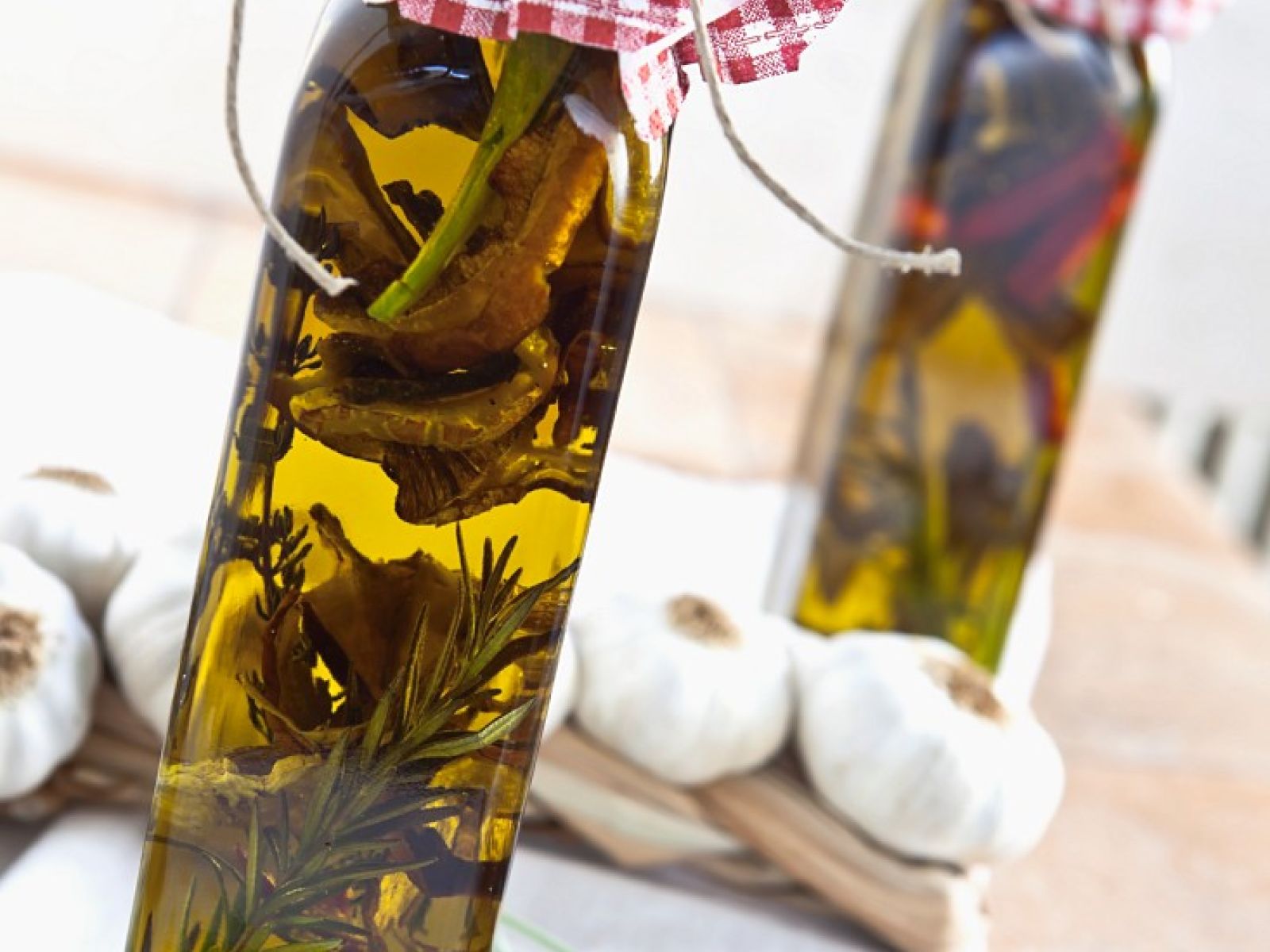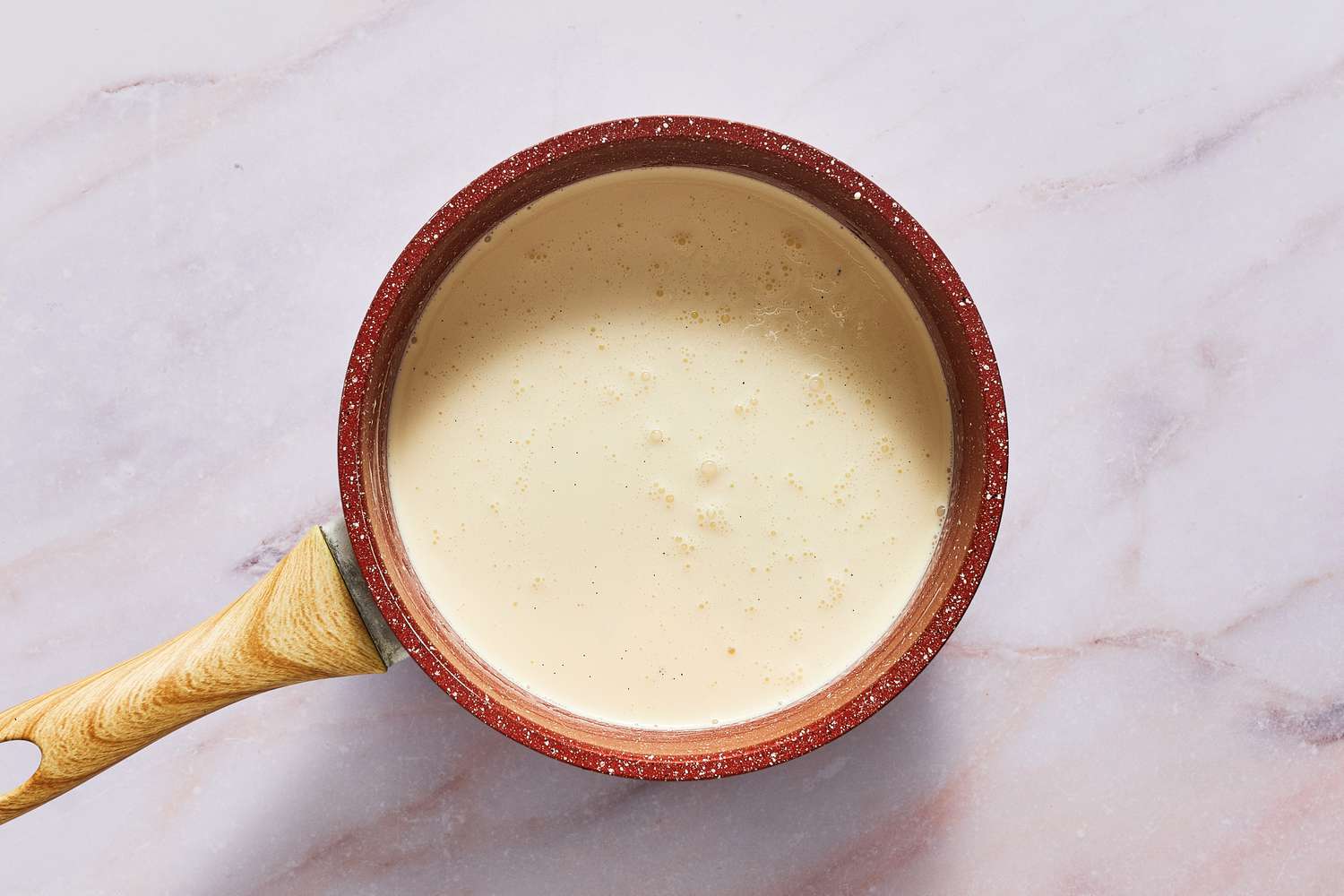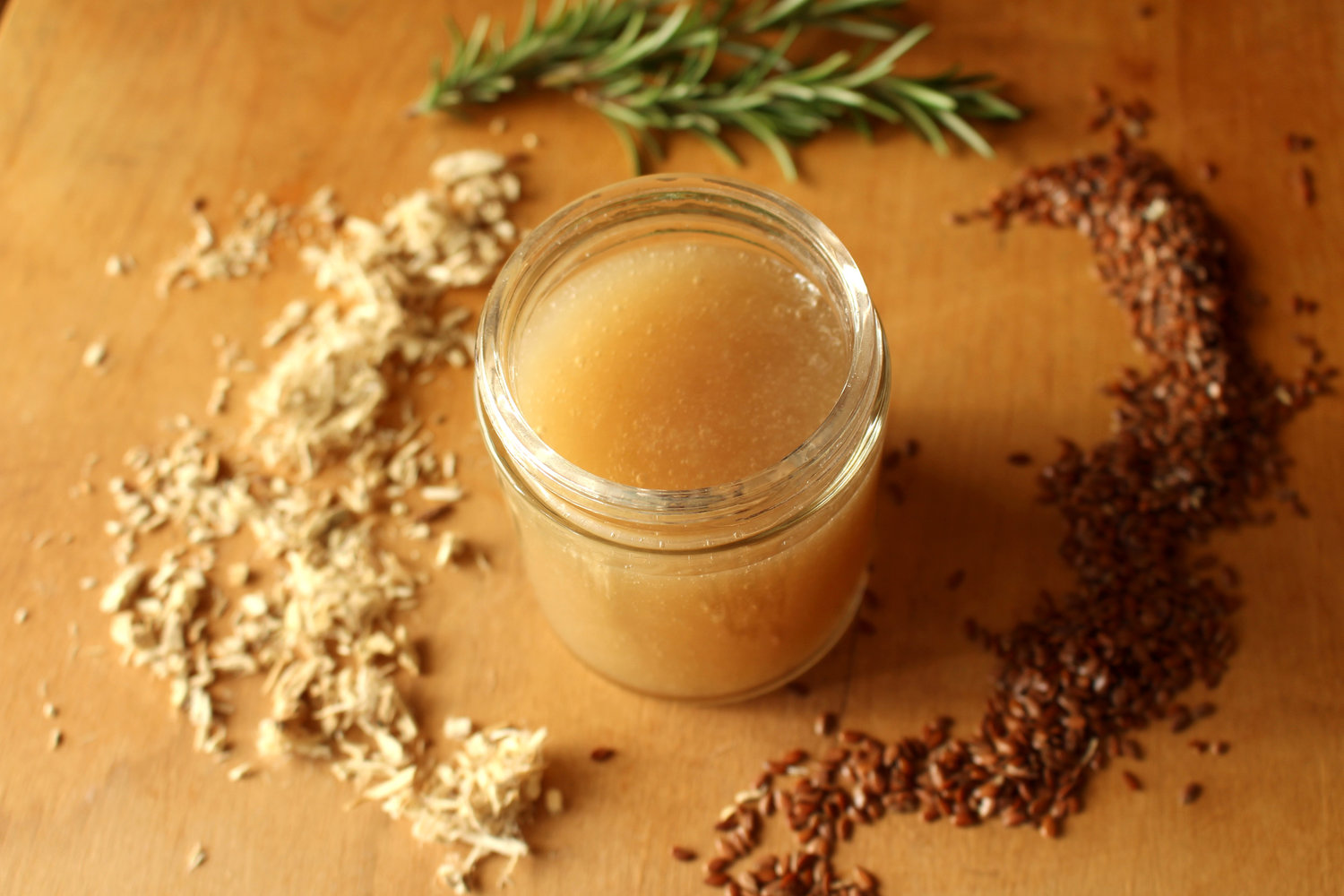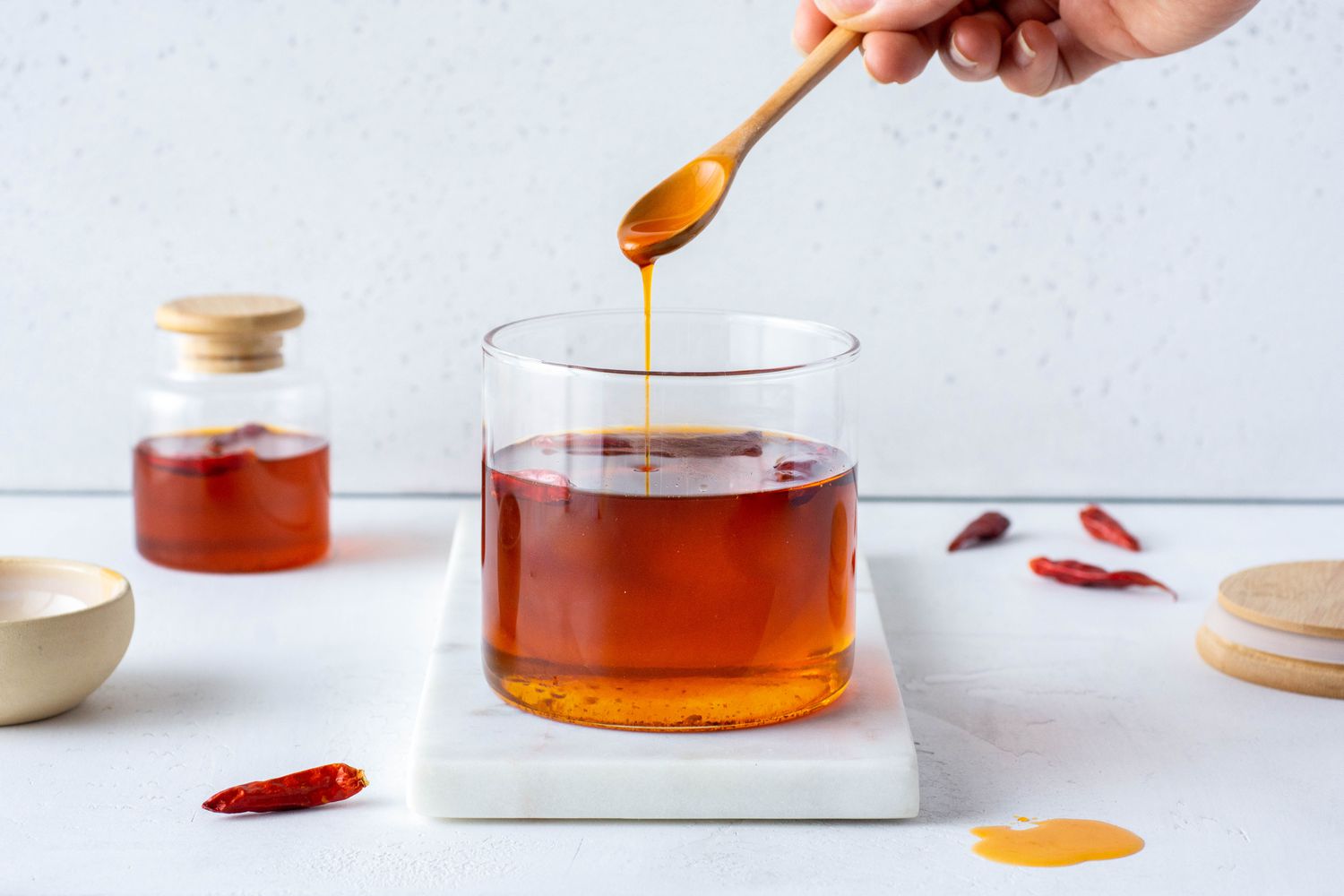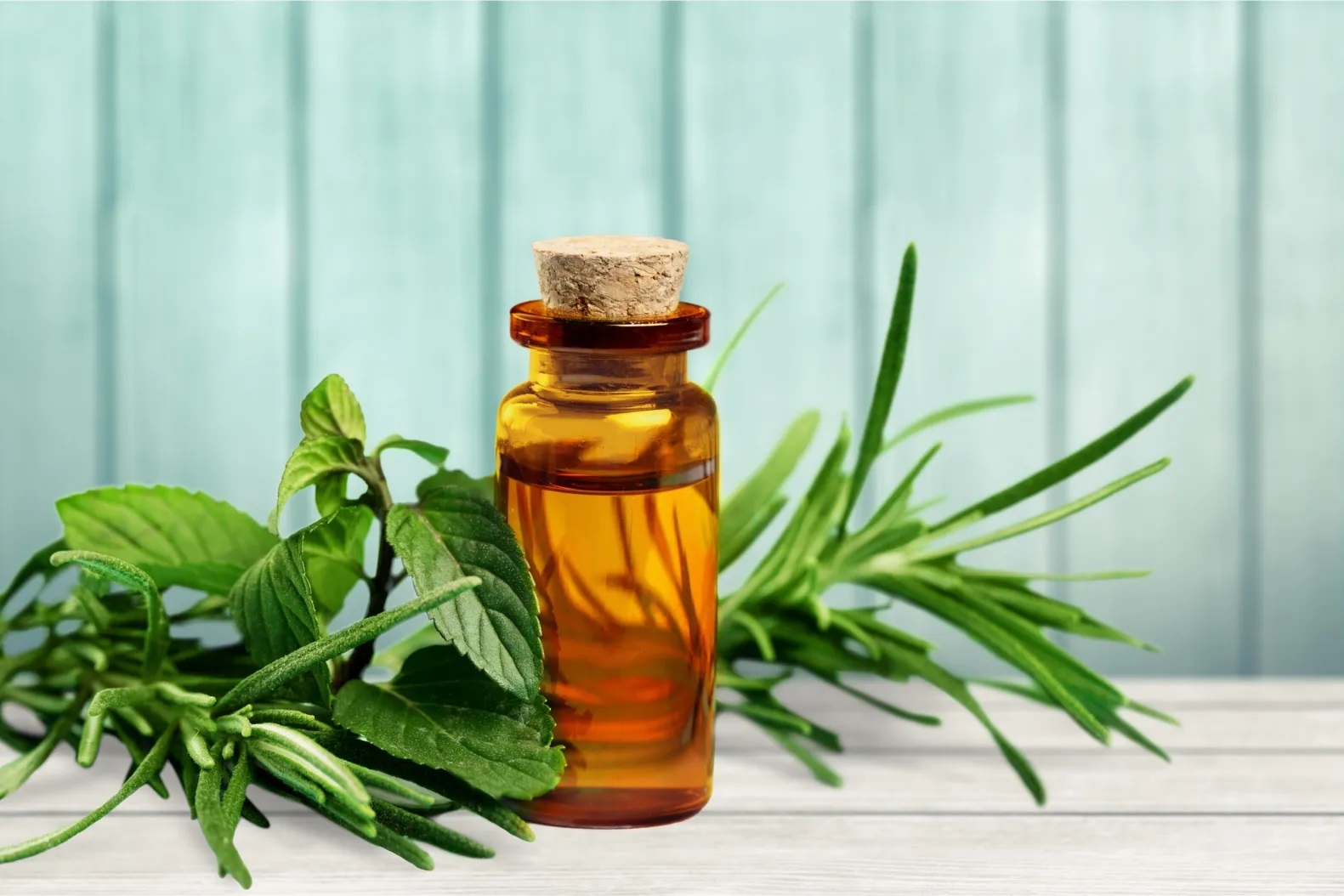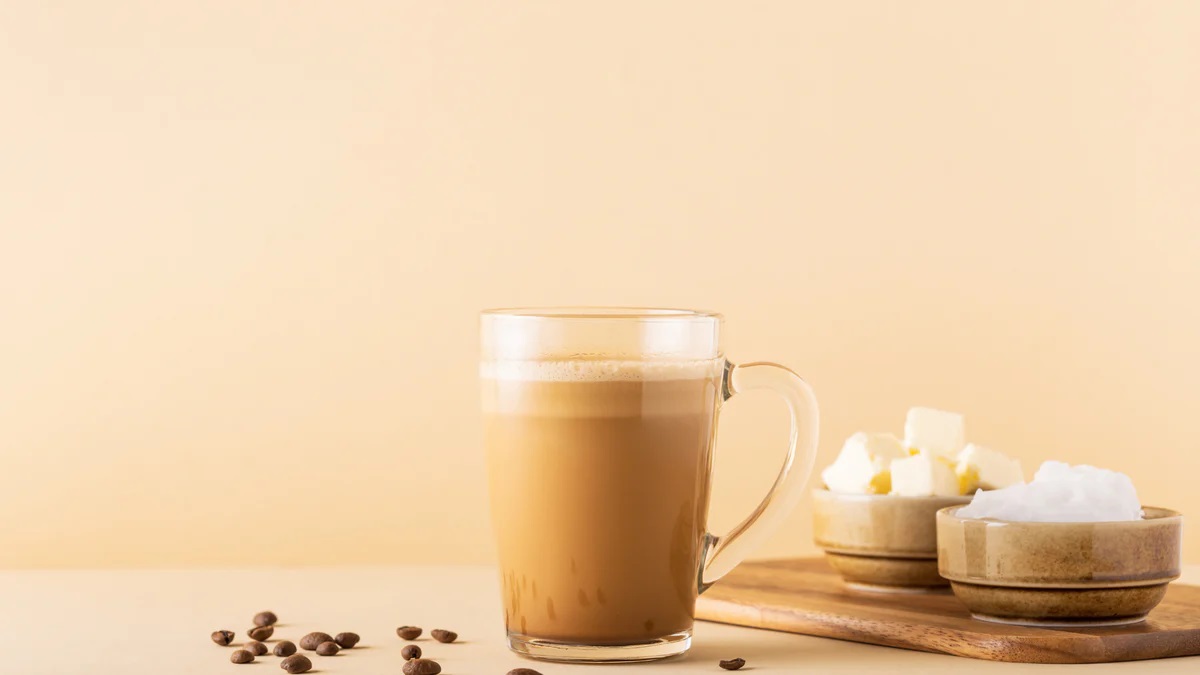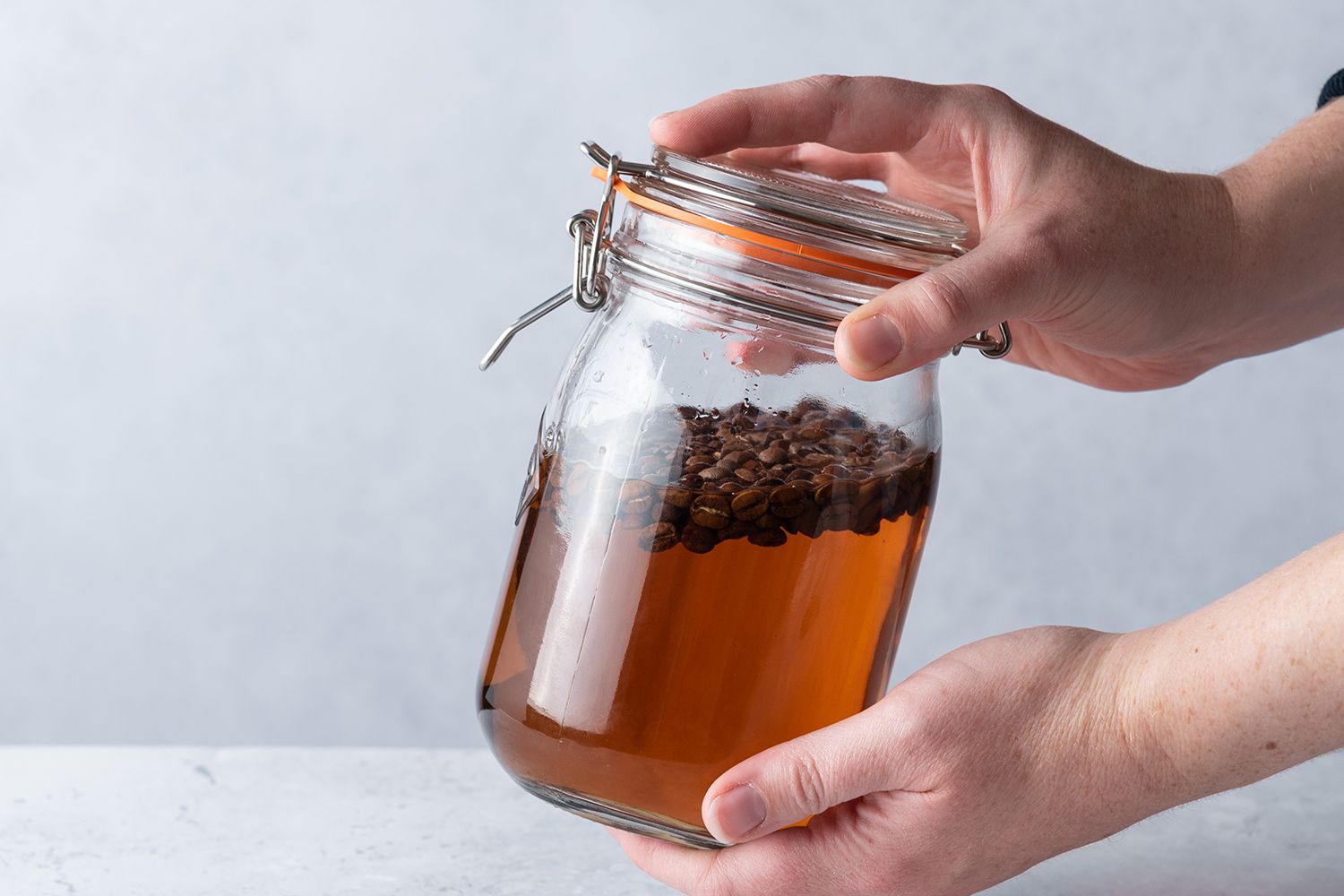Preserving Your Chicken with Vacuum Sealing
Are you looking for a way to extend the shelf life of your chicken and keep it fresh for longer? Vacuum sealing is a great solution that can help you preserve your chicken and prevent it from spoiling. In this article, we will walk you through the process of vacuum sealing chicken so that you can enjoy fresh poultry for longer periods of time.
Why Vacuum Seal Chicken?
Vacuum sealing is an effective method for preserving chicken because it removes the air from the packaging, which helps prevent the growth of bacteria and slows down the oxidation process. By vacuum sealing your chicken, you can extend its shelf life and maintain its quality and freshness.
Steps to Vacuum Seal Chicken
Follow these simple steps to vacuum seal your chicken:
- Preparation: Start by preparing your chicken for vacuum sealing. Make sure the chicken is clean and dry before you begin the process.
- Portioning: If you have a large quantity of chicken, consider portioning it into meal-sized servings before vacuum sealing. This will make it easier to defrost and use the chicken as needed.
- Sealing: Place the chicken pieces into the vacuum sealing bags, leaving some space at the top for sealing. Make sure the bags are suitable for use with a vacuum sealer.
- Sealing Process: Follow the instructions for your specific vacuum sealer to ensure a proper seal. This typically involves placing the open end of the bag into the sealer and activating the vacuum and sealing functions.
- Labeling and Storage: Once the chicken is sealed, label the bags with the date of sealing and the contents. Store the sealed chicken in the refrigerator or freezer, depending on when you plan to use it.
Tips for Vacuum Sealing Chicken
Here are some additional tips to keep in mind when vacuum sealing chicken:
- Use Fresh Chicken: For the best results, use fresh chicken that is within its use-by date.
- Avoid Overfilling: Be mindful not to overfill the vacuum sealing bags, as this can prevent a proper seal from being formed.
- Remove Excess Air: If you notice any air pockets in the sealed bags, you can use a pin to puncture the bag and then reseal it to remove the excess air.
- Freezing: If you plan to freeze the sealed chicken, make sure to leave enough space at the top of the bag to allow for expansion during freezing.
Benefits of Vacuum Sealing Chicken
Vacuum sealing chicken offers several benefits, including:
- Extended Shelf Life: Vacuum sealing can help extend the shelf life of chicken, allowing you to store it for longer periods of time.
- Prevention of Freezer Burn: By removing air from the packaging, vacuum sealing can help prevent freezer burn and maintain the quality of the chicken.
- Convenient Storage: Vacuum-sealed chicken takes up less space in the refrigerator or freezer, making it easier to organize and store.
Conclusion
Vacuum sealing chicken is a simple and effective way to preserve the freshness and quality of your poultry. By following the steps outlined in this article and keeping the tips in mind, you can enjoy the benefits of vacuum-sealed chicken for longer periods of time. Give it a try and see how vacuum sealing can make a difference in the way you store and use chicken in your kitchen!
Was this page helpful?
Read Next: How To Vacuum Seal Brown Sugar In Mason Jars
